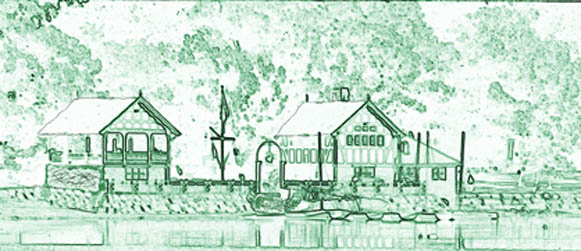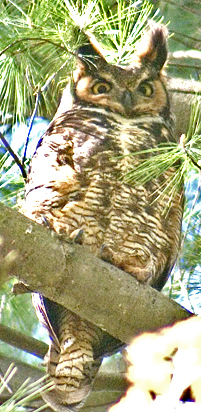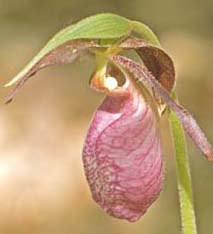|
Friends of Jamaica Pond Jamaica Pond Project 36 Perkins St., PO Box 300040, Jamaica Plain, MA 02130-0030 Gerry Wright, Founder and President Telephone: 617-524-7070 Email: FrederickLawOlmsted@yahoo.com TTY/MA
RELAY 800-439-2370 A program of Community Care, Inc. a nonprofit organization |
||||||||||||
|
|
||||||||||||
 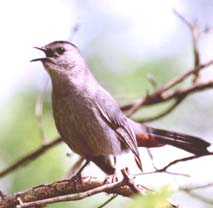    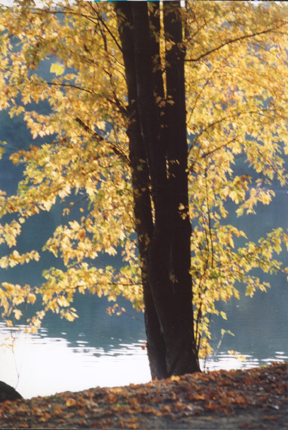  "Let it be not for present use and delight alone, but let it be of such a work that our descendents will thank us for it." Frederick Law Olmsted |
Environmental Emerald
Necklace Fungi (Coming Soon) Boston's
Emerald Necklace CEDAR
WAXWING Ampelis
Americano, Picotera, Chinito by Stephen Baird info@CommunityArtsAdvocates.org Cedar Waxwing - Bombycilla cedrorum
36
Perkins St., PO Box
300040, Jamaica Plain, MA 02130-0030 Gerry Wright, Founder
and
President Telephone:
617-524-7070 Email: FrederickLawOlmsted@yahoo.com TTY/MA
RELAY 800-439-2370
Class Room:
Education
Projects
References and Links
